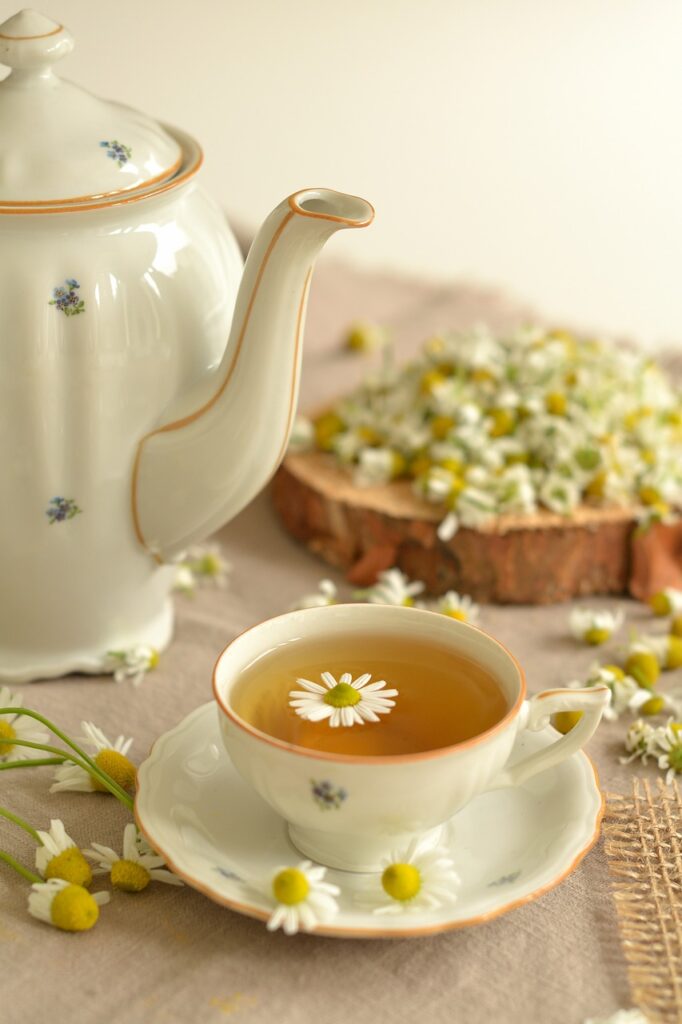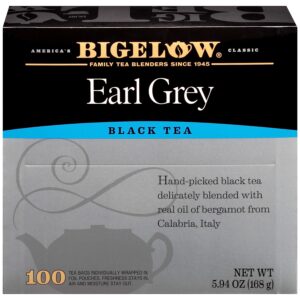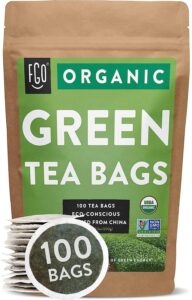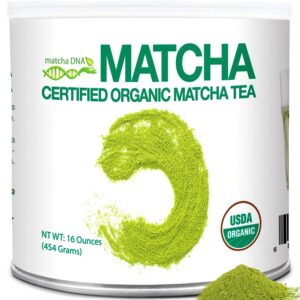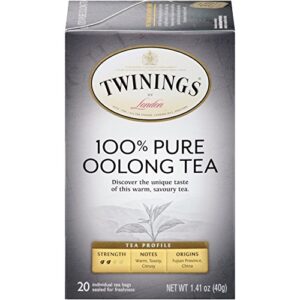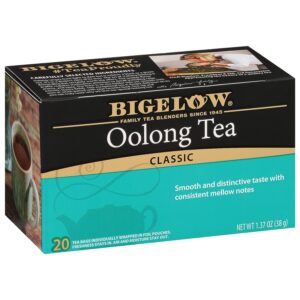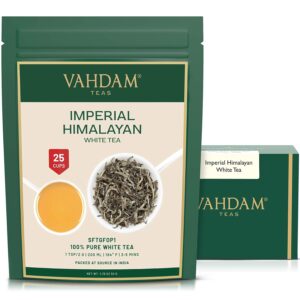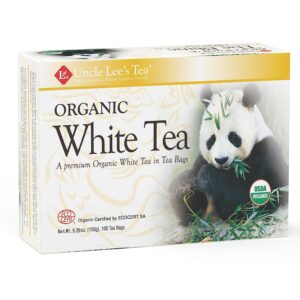In the realm of beverages, none weaves a tapestry as intricate and diverse as tea. This aromatic elixir, forged from the leaves of the Camellia sinensis plant, has transcended centuries, cultures, and continents, metamorphosing into a universal emblem of comfort, tradition, and holistic well-being. In this expansive article, we embark on a journey that bridges time and science, diving deep into the annals of history, unveiling the symphony of varieties, decoding the nutritional composition, and exploring the multifaceted health benefits of tea. With insights gleaned from scientific research and informed by the expertise of Harvard’s Nutrition Source, we embark on a voyage that celebrates tea’s contributions to cardiovascular health, antioxidant prowess, and anti-cancer potential.
A Historical Odyssey: Tea Through Time
Tea’s chronicles date back to ancient China in the 3rd century AD, where it was revered as a medicinal tonic. Over the ages, it transcended its herbal origins, blossoming into a global sensation thanks to merchants who traded its leaves far and wide. The British tradition of afternoon tea redefined it as a cultural institution, a serene interlude characterized by scones and discourse. From its modest beginnings as a curative potion to its contemporary status as a holistic elixir, tea’s journey is a testament to its enduring allure.
Varieties: A Symphony of Flavors
Within the spectrum of tea lies an orchestra of flavors, each composition a reflection of geography, processing methods, and unique cultivars. Black, green, oolong, and white teas emerge from the Camellia sinensis plant, each narrating a distinct story on the palate. Black tea, robust and invigorating, captures the essence of tradition. Green tea, with its delicate notes and healthful attributes, reflects minimal oxidation. Oolong tea strikes a harmonious balance between black and green, while white tea presents an ethereal symphony of subtleties.
Beyond Camellia: Herbal Teas and Nature's Bounty
Outside the realm of Camellia sinensis lies a realm of herbal teas, each an embodiment of nature’s bounty. Chamomile’s soothing embrace, peppermint’s invigorating zest, and hibiscus’s vibrant allure underscore the diverse profiles of herbal infusions. Unlike their Camellia counterparts, herbal teas are naturally caffeine-free, offering a refuge of relaxation without stimulants.
Decoding Nutritional Alchemy: The Science of Tea
Tea’s allure surpasses mere flavor; it lies in its complex nutritional composition. Polyphenols, flavonols, theaflavins, and catechins form a symphony of compounds that contribute to tea’s healthful reputation. These antioxidants function as vigilant sentinels against the onslaught of free radicals, preserving cellular integrity. From plucking to steeping, each phase shapes the concentration of these constituents, yielding teas that balance sensory pleasure and healthful benefits.
The Heart of Wellness: Tea and Cardiovascular Health
The heart-health connection with tea orchestrates a symphony of benefits. The antioxidants present in tea, particularly polyphenols, lend their prowess to cardiovascular well-being. Observational studies suggest that moderate daily tea consumption of 2-3 cups is linked to a decreased risk of premature mortality, heart disease, stroke, and type 2 diabetes. However, the temperature at which tea is consumed introduces a layer of complexity, with excessive heat potentially associated with esophageal and stomach cancers.
Deciphering the Antioxidant Symphony
Polyphenols, the antioxidants that punctuate tea’s allure, function as custodians against cellular damage. While green tea often takes the spotlight for its polyphenol richness, research indicates that black, green, and other tea varieties all harbor these protective compounds. The intricate blend of polyphenols within each tea type shapes its unique health benefits and flavor palette.
Anti-Cancer Potential: A Journey of Protection
Within the realm of cancer protection, tea assumes the mantle of an enigma waiting to be unraveled. Compounds like epigallocatechin-3-gallate (EGCG) emerge as protagonists, showcasing their ability to impede cancer cell growth in animal and cell studies. Green and black tea extracts unfurl the promise of delaying or reducing cancer risk. However, human research introduces a myriad of complexities, influenced by tea types, preparation methods, and individual responses, reinforcing the need for continuous exploration.
Decaffeinated Tranquility: A Healthful Choice
For those seeking tea’s embrace without caffeine’s embrace, decaffeinated tea emerges as a tranquil refuge. Employing methods like ethyl acetate or water processing, decaffeination meticulously removes caffeine while preserving tea’s essence. Though polyphenols may experience a slight reduction, decaffeinated tea remains a sanctuary of flavor and health benefits, offering a respite from stimulation.
Procurement and Preservation: The Art of Tea
The voyage into the world of tea procurement is a tapestry of choices, from black to green, loose-leaf to sachets. Carefully packaged, loose-leaf teas and sachets offer a range of options, allowing enthusiasts to curate their tea experience. Proper storage, shielded from light, heat, moisture, odor, and air, ensures tea’s longevity and freshness. The choreography of brewing, a delicate interplay of temperature and steeping time, unveils the intricate layers of flavor and wellness.
Tea: A Harmonious Fusion of Flavor and Science
As we traverse the corridors of history, savor the nuances of taste, and unlock the secrets of science, tea emerges as a testament to the symbiotic bond between nature and nourishment. From ancient rituals to modern wellness, from the heart’s sanctuary to cellular guardianship, tea resonates as an emblem of the equilibrium between sensory pleasure and scientific wonder.
Tea Types and Their Unique Benefits
Harvard’s Nutrition Source offers a scientific gaze into tea’s health benefits, confirming its status as a potent antioxidant. The polyphenols in tea, particularly catechins and theaflavins, sweep through the body as scavengers, neutralizing harmful free radicals and reducing oxidative stress. This antioxidant prowess manifests as protection against chronic diseases, including heart disease and cancer. Each type of tea, be it black, green, oolong, or white, contributes a distinct composition of health benefits that resonate with the individual nuances of flavor and aroma.
Black Tea: Robust and Invigorating
Heart Health: Black tea’s flavonoids, especially theaflavins, contribute to improved cardiovascular function by reducing blood pressure, enhancing blood vessel health, and reducing the risk of heart disease.
Antioxidant Protection: Theaflavins and other antioxidants in black tea help combat oxidative stress and free radicals, aiding in cellular protection and promoting overall health.
Oral Health: Some studies suggest that the polyphenols in black tea may inhibit the growth of bacteria that contribute to cavities and gum disease, promoting oral hygiene.
Cognitive Function: Black tea contains L-theanine, an amino acid that can improve alertness and focus, synergizing with caffeine to enhance cognitive function.
Green Tea: Delicate Elixir of Wellness
Weight Management: Green tea’s catechins, particularly EGCG, may help boost metabolism and support weight loss by increasing energy expenditure and fat oxidation.
Heart Health: Green tea’s catechins contribute to improved heart health by lowering LDL cholesterol levels, reducing blood pressure, and enhancing blood vessel function.
Antioxidant Powerhouse: Rich in polyphenols, especially catechins, green tea protects cells from oxidative stress, potentially reducing the risk of chronic diseases.
Brain Function: Green tea’s L-theanine and caffeine combo can promote improved cognitive function, including enhanced memory, attention, and alertness.
Oolong Tea: Harmonious Blend
Metabolism Support: Oolong tea’s unique blend of catechins and theaflavins may enhance metabolic rate, supporting weight management and energy expenditure.
Blood Sugar Regulation: Some research suggests that oolong tea may help regulate blood sugar levels by improving insulin sensitivity and reducing post-meal glucose spikes.
Skin Health: The antioxidants in oolong tea may contribute to improved skin health by protecting against oxidative stress and promoting youthful radiance.
Digestive Health: Oolong tea is believed to aid digestion by promoting the growth of beneficial gut bacteria and potentially reducing the risk of digestive discomfort.
White Tea: Subtle Elegance
Antioxidant Efficacy: White tea, minimally processed, retains a high level of antioxidants, providing potent protection against oxidative stress and cellular damage.
Skin Health: White tea’s polyphenols may contribute to improved skin health by protecting against UV-induced damage and promoting collagen synthesis.
Cognitive Enhancement: Like other tea types, white tea contains L-theanine and caffeine, supporting cognitive function, alertness, and relaxation.
Immune Boost: The antioxidants in white tea, including catechins, may strengthen the immune system by neutralizing harmful free radicals and supporting overall health.
Cardiovascular Symphony: Tea's Heart-Protective Notes
Harvard’s research illuminates tea’s contributions to cardiovascular health. Regular tea consumption is linked to a reduced risk of heart disease and stroke. The antioxidants in tea foster improved blood vessel function, reduce inflammation, and regulate blood pressure. Green tea, with its distinct blend of catechins, exhibits anti-inflammatory and blood pressure-lowering effects, contributing to a robust cardiovascular symphony.
Anti-Cancer Repertoire: Tea's Role in Cancer Prevention
The scientific chorus resonates with tea’s anti-cancer potential. Catechins, particularly EGCG in green tea, are credited with impeding cancer cell growth. The interaction of polyphenols and other bioactive compounds in tea fuels an orchestra of protection against various cancers. Harvard’s insights affirm that the habitual consumption of tea is associated with a lower risk of certain cancers, including breast, ovarian, and lung cancers.
A Sip of Wisdom: The Verdict on Tea
As the cups of tea brim with history, health, and flavor, the narrative that emerges is a symphony of harmony. From the soothing embrace of chamomile to the robust notes of black tea, from polyphenols’ vigilance to catechins’ protection, tea’s essence reverberates as a bridge between tradition and science. The collaboration of personal experience, cultural heritage, and scientific exploration melds into a resounding crescendo, showcasing tea as an elixir that transcends time and nourishes the soul.

